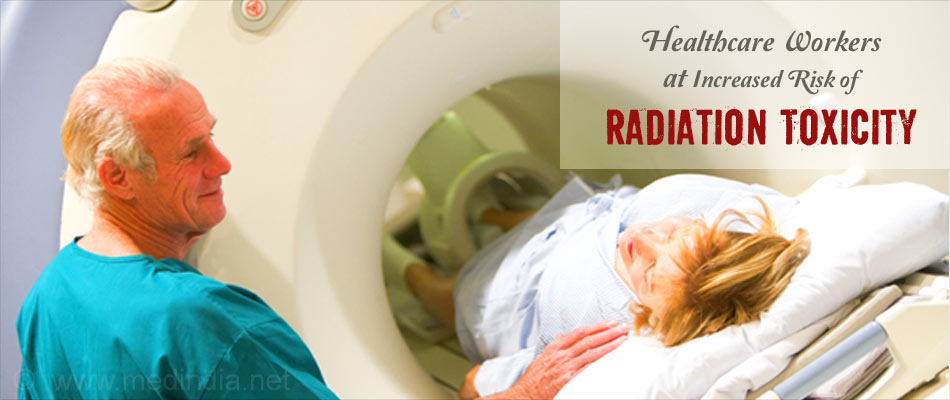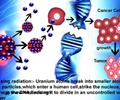
- Doctors, nurses and technicians are exposed to radiations almost everyday.
- Recent studies suggest that healthcare workers are at a great risk of radiation toxicity.
- Bone-related problems, cataracts, skin conditions and cancers are common radiation exposure health problems.
- Interventional cardiologists and electrophysiologists have two to three times higher annual exposure than others.
Cardiologists, electrophysiologists and cath lab staffs have higher annual radiation exposure.
Researchers found that health care workers who perform fluoroscopy for heart procedures are at greater risk for orthopedic problems, cataracts, skin lesions and cancers than others.
Study leader Maria Grazia Andreassi, PhD, Head of the Genetics and Molecular Epidemiology Unit at the National Research Council Institute of Clinical Physiology in Pisa, Italy, and colleagues published their findings in the journal Circulation: Cardiovascular Interventions.
"Interventional cardiologists and electrophysiologists have a two to three times higher annual exposure of radiation from medical imaging than radiologists, as they are closer to the radiological source and experience radiation exposure with the patient, whereas diagnostic radiologists are generally shielded from radiation exposure," she explains.
In an average 30-year career, these health care workers may be exposed to a radiation doses of around 50-200 mSv which is equivalent to around 2,500-10,000 chest X-rays. With this numbers, Andreassi and her team set out to investigate the possible harmful effects in this group.
Health care workers who work in cath lab were found to be at a higher risk of back, neck and knee problems, 6.3 times greater risk for cataracts and 2.8 times higher risk for skin lesions, compared to those who do not work in cath lab.
The results accounted for the subjects' smoking habits and other influential factors.
As expected, the estimated radiation exposure was highest for cardiologists and electrophysiologists.
In an average of 16 years, an individual who worked in a cath lab was found to have a three times higher risk of developing cancer when compared to other health care workers.
Though these cath lab workers had low chances of getting cardiovascular illnesses, they were very much prone to developing high blood pressure and high cholesterol levels.
The researchers do point out that the study was not devoid of limitations; for example, the radiation doses were self reported by health care workers rather than being measured.
More Focus Needed On Workplace Radiation Protective Measures
The researchers believe that their findings emphasize the need for increased focus on protecting the health of medical professionals regularly exposed to radiation, particularly the cardiologists and electrophysiologists.The stress on cardiologists and electrophysiologists is because of a previous study published in American Journal of Clinical Oncology that concluded there is no proof that low-level radiation from medical imaging - such as X-ray and computed tomography scans - causes cancer in other health care workers.
"Unfortunately the cardiologists pay very little attention to cumulative radiation exposure reports," the lead researcher adds. "And recent studies confirm that simple, effective protection measures - such as a lead curtain, protection glasses and thyroid collars - are not used by the majority of exposed cardiologists."
Source-Medindia













